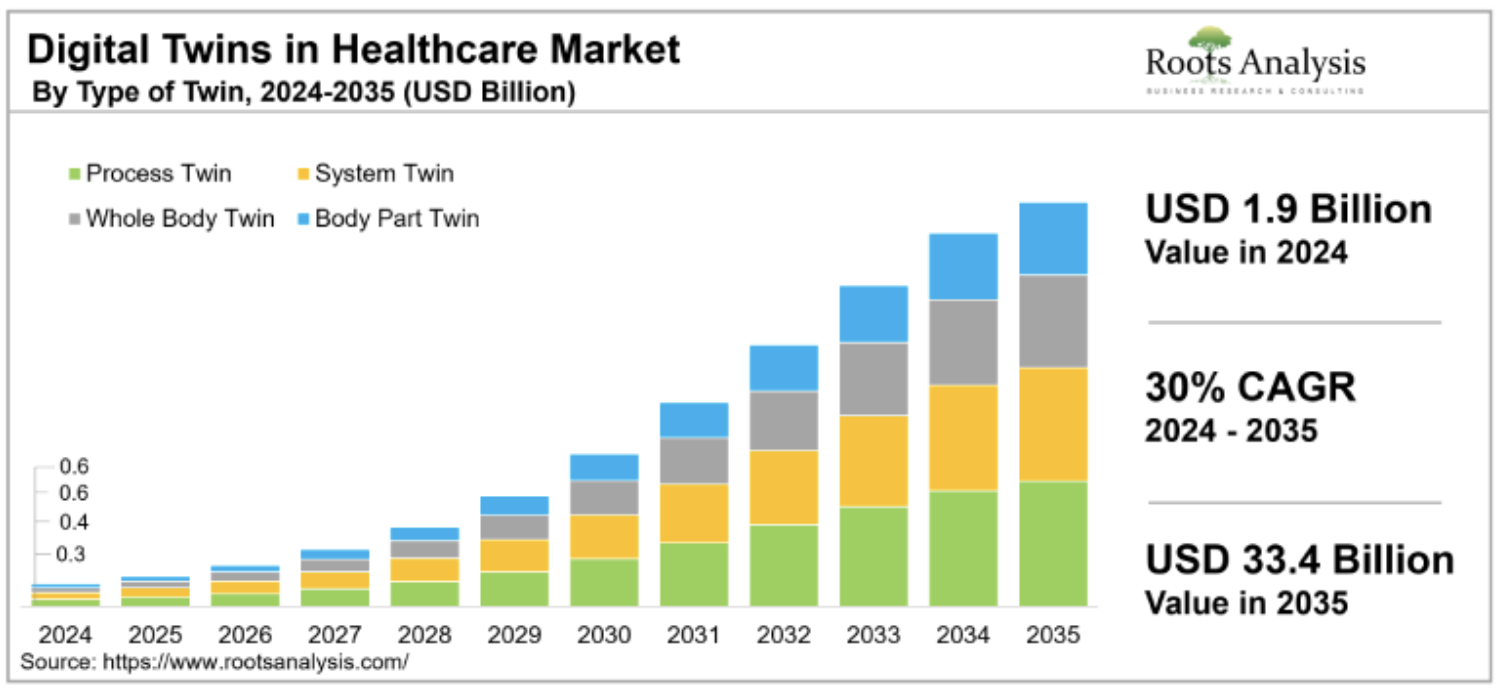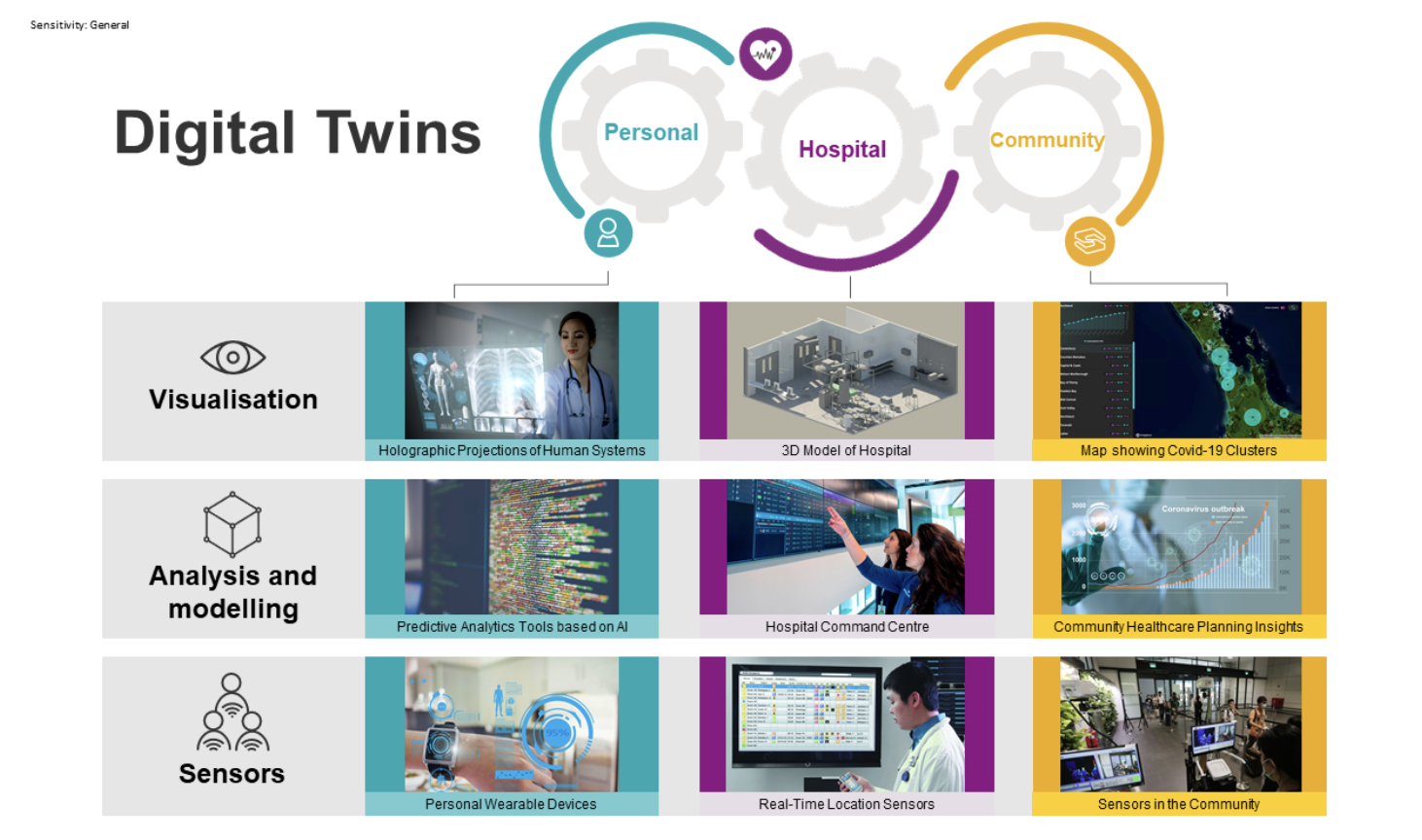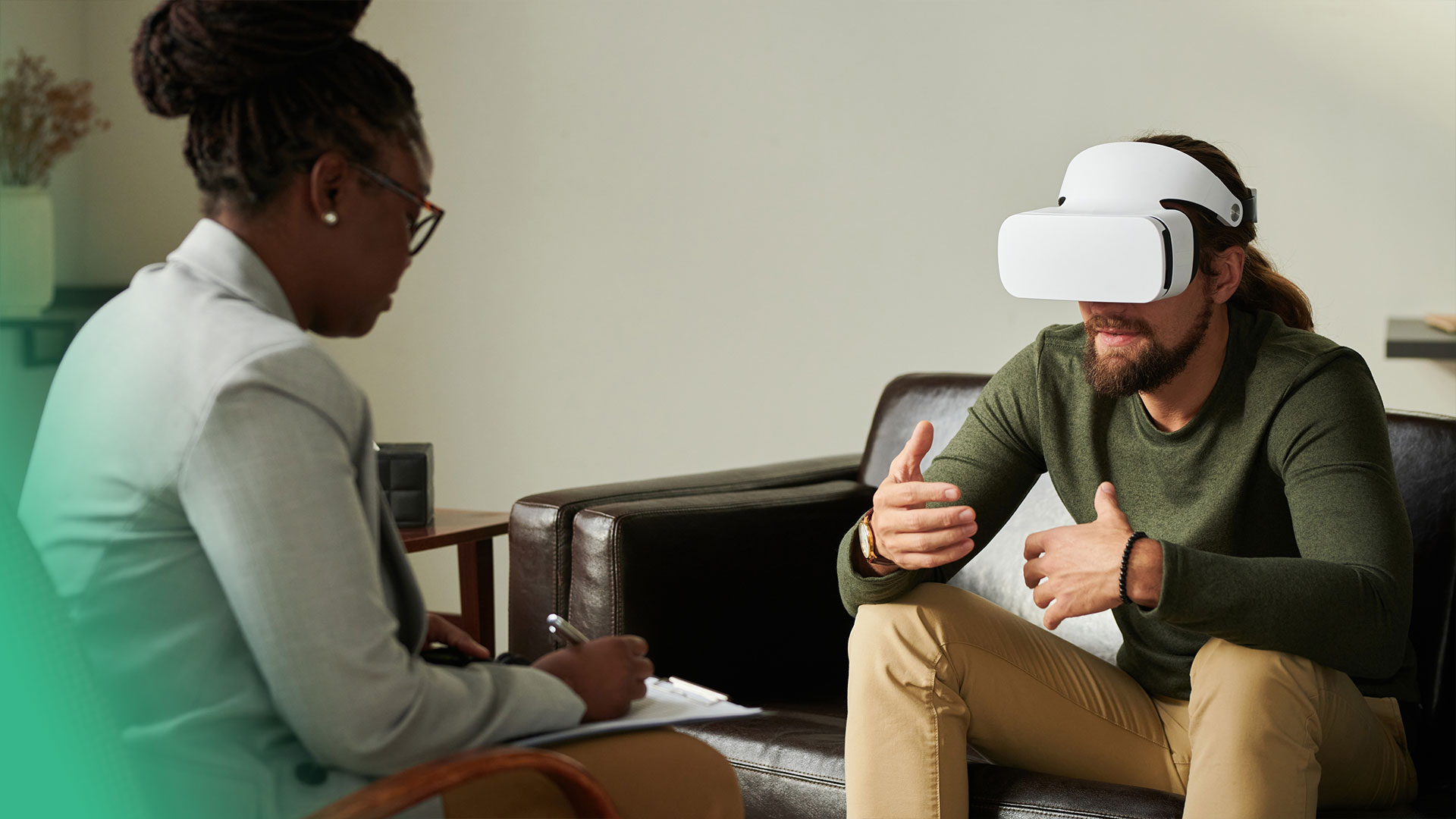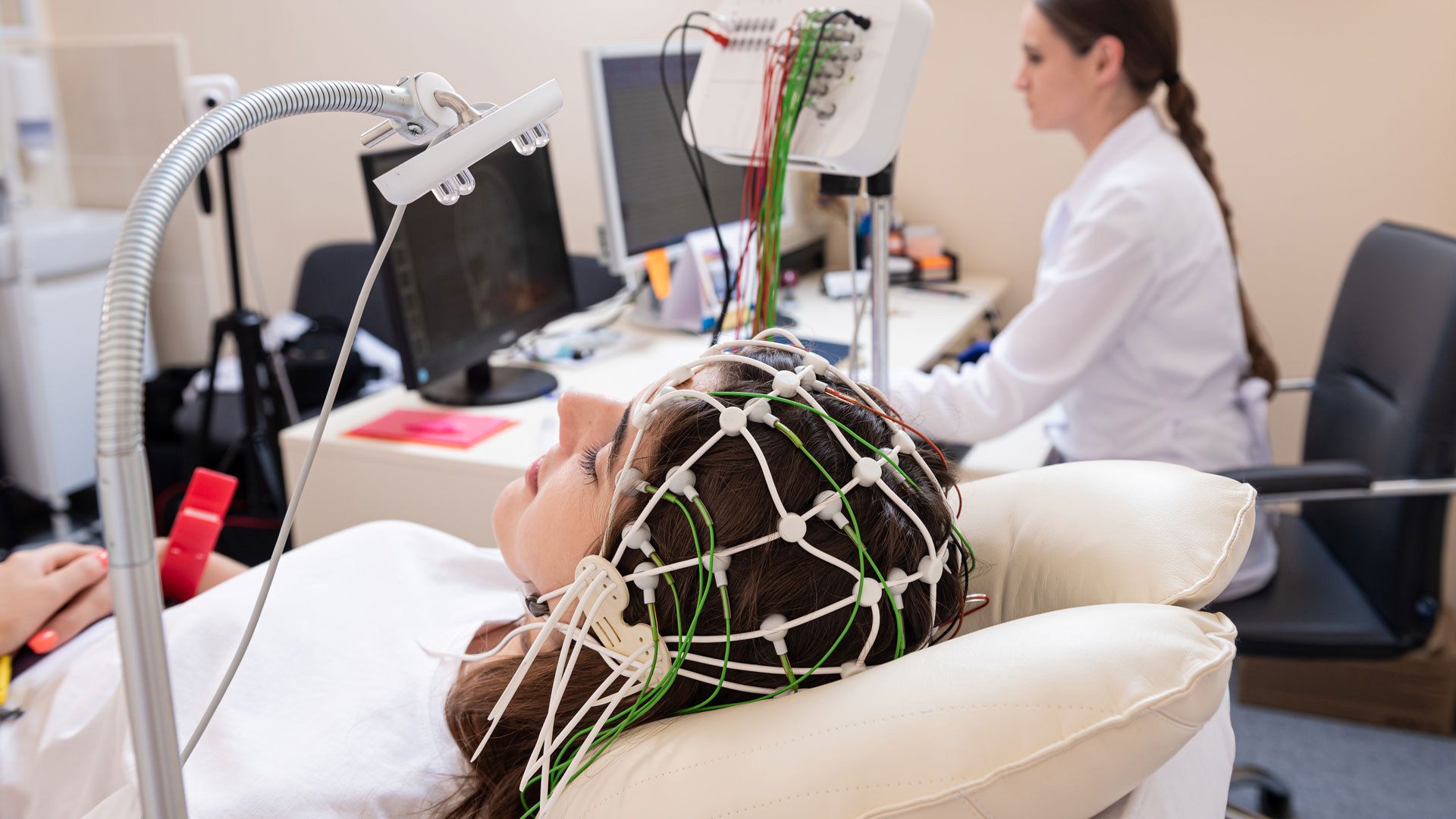
 Source: Rootsanalysis
Source: Rootsanalysis
 Source: HiNZ
To ensure a comprehensive real-time digital representation, digital twins rely on healthcare data from a variety of sources:
Source: HiNZ
To ensure a comprehensive real-time digital representation, digital twins rely on healthcare data from a variety of sources:
 Now, let’s dive deeper into how digital twins usher in an era of precision, prediction, and empowerment in patient care.
Now, let’s dive deeper into how digital twins usher in an era of precision, prediction, and empowerment in patient care.



